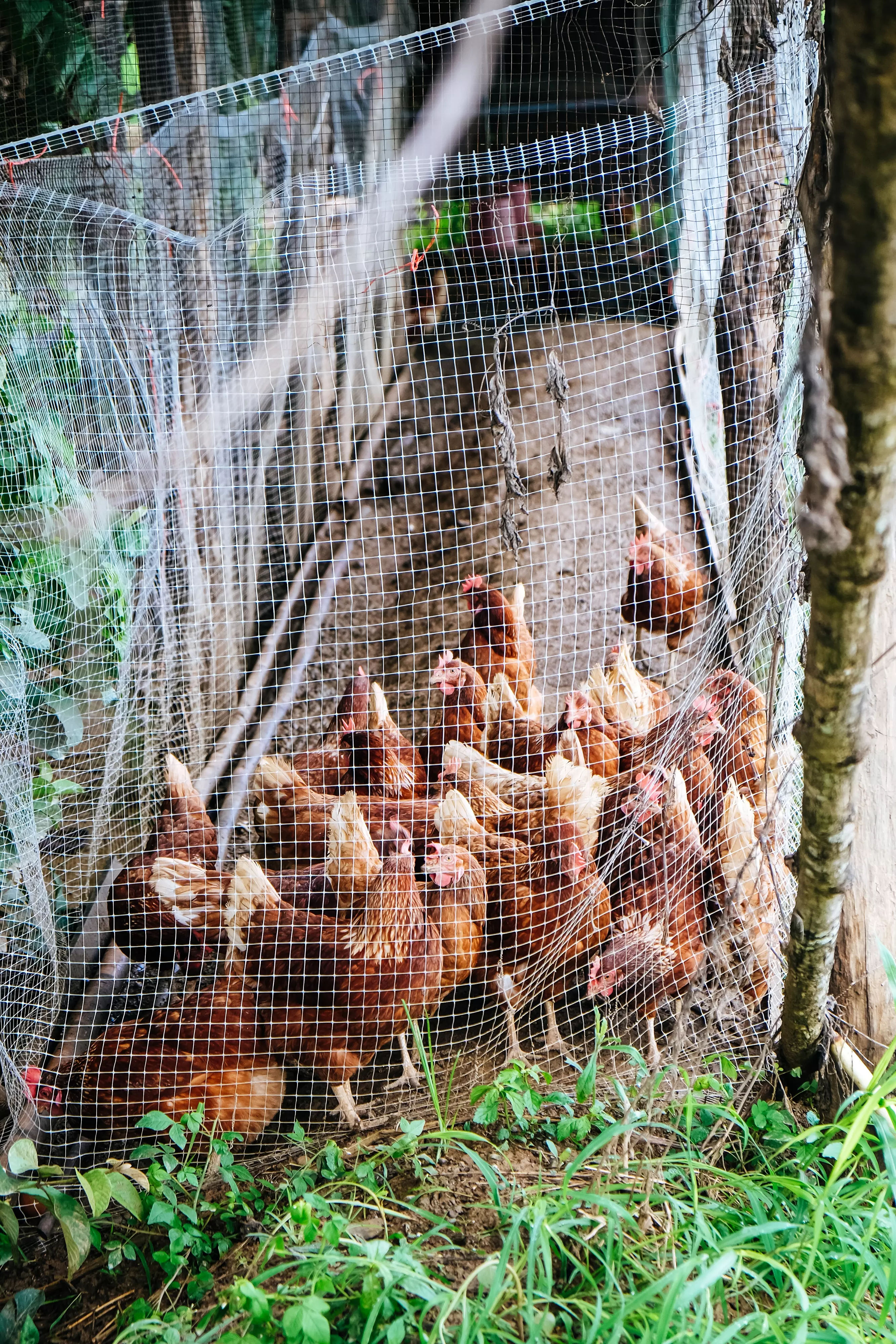Avian influenza and changes in poultry distribution in the domestic market
In recent years, avian influenza has become one of the most serious threats to the poultry industry worldwide. Caused by the avian influenza virus, the disease can have significant consequences for both public health and the economy.
Faced with the threat of avian influenza, many countries have introduced various measures to protect poultry farmers and consumers. One such measure is a change in the distribution of poultry on the domestic market. What exactly do these changes mean? How do they affect the poultry industry in Poland?
Large poultry farms vs. local productions
One of the most important changes in poultry distribution is a greater focus on poultry production on large farms. This allows for better monitoring of animals and more effective enforcement of sanitary restrictions. Large farms also have more sophisticated bioassurance systems to minimize the risk of infection with the avian influenza virus.
At the same time, many countries, including Poland, are betting on promoting local poultry production. This is both to protect domestic producers from foreign competition and to increase control over food quality and safety. An increasing number of consumers prefer to buy products from local farms, which contributes to the development of the domestic market.
Smaller stores, greater control
Another trend in poultry distribution is the decline of large supermarket chains in favor of local grocery stores. Large chains often use global supply chains, which can increase the risk of spreading diseases such as avian flu. Local stores, on the other hand, rely on partnerships with local producers, which allows greater control over the quality and safety of the food they offer.
The introduction of strict regulations for transporting and storing poultry is also part of the changes in poultry distribution. When transporting poultry, it is necessary to observe appropriate temperatures to minimize the risk of developing germs. When storing poultry in stores, it is required to maintain proper temperatures and hygiene so as not to expose consumers to contamination.
Distinguishing features of poultry quality
The presence of avian influenza in the poultry industry has also necessitated the introduction of additional poultry quality distinguishing marks. One such differentiator is the Bird infected with avian influenza or Safe Bird label. This label informs consumers of the origin and condition of the poultry, and provides assurance that the product has passed proper sanitary inspections.
All these changes in poultry distribution are aimed at minimizing the risk of avian influenza infection and providing consumers with safe food. Of course, the introduction of new regulations also results in challenges for breeders and poultry companies. However, the long-term benefits to public health and the economy are priceless.
Summary
Avian influenza poses a serious threat to both public health and the poultry industry. Protecting poultry farmers and consumers requires various safety measures, including changes in the distribution of poultry in the domestic market.
Focusing on poultry production on large farms, promoting local production, using local grocery stores, strict regulations on the transportation and storage of poultry, and introducing quality markers all aim to minimize the risk of avian influenza virus infection and provide consumers with safe food.
Although the introduction of the new regulations brings challenges for growers and poultry companies, the long-term benefits to public health and the economy prevail. Changes to the distribution of poultry in the domestic market are essential and irreversible in the fight against avian influenza.
Add comment